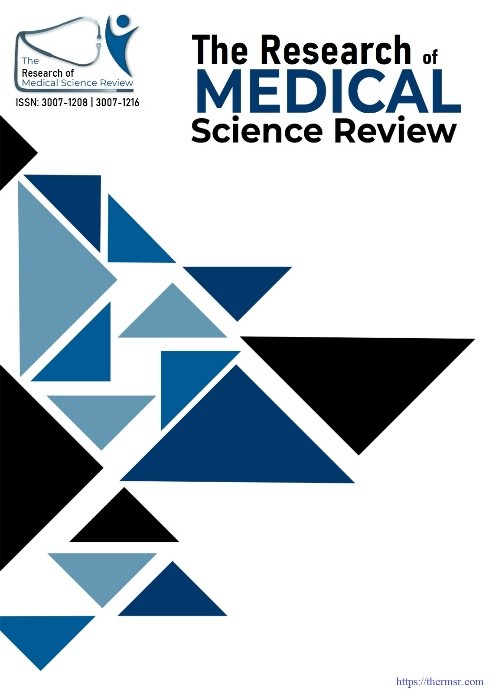ASSESSMENT OF THE RELATIVE EFFECTIVENESS OF MULTIPLE ANTIBIOTICS IN INHIBITING ESCHERICHIA COLI GROWTH
Main Article Content
Abstract
Escherichia coli is a Gram-negative, non-spore-forming facultative anaerobe that predominantly inhabits the gastrointestinal tract of humans and warm-blooded animals. Although typically commensal, certain pathogenic strains are responsible for a wide spectrum of infections in both humans and animals, including poultry. This study aimed to isolate and identify E. coli from broiler chickens exhibiting respiratory symptoms and to evaluate the in vitro antibacterial efficacy of Clarithromycin, Moxifloxacin, Linezolid, and Amoxicillin against the isolates. Samples were collected aseptically from the oral and nasal cavities of symptomatic broilers and cultured on nutrient agar, MacConkey agar, and eosin methylene blue (EMB) agar. Isolates demonstrating characteristic colony morphology were further confirmed via Gram staining and standard biochemical assays, including catalase, citrate, and oxidase tests. The confirmed E. coli isolates were subjected to antibiotic susceptibility testing using the agar well diffusion method, with all antibiotics standardized at a concentration of 0.5 mg/ml and results expressed as zones of inhibition. Among the tested antibiotics, Moxifloxacin demonstrated the highest antibacterial activity with a mean inhibition zone of 35.0 mm, indicating strong efficacy. Amoxicillin showed moderate activity (15.1 mm), whereas Clarithromycin and Linezolid exhibited no inhibitory effect, consistent with the known resistance profile of Gram-negative organisms to these antibiotic classes. The findings highlight the importance of targeted antimicrobial therapy based on susceptibility testing and raise concern over increasing resistance patterns in E. coli isolates from poultry. Implementation of antibiotic stewardship and exploration of alternative therapeutic strategies are recommended to mitigate resistance development.
Downloads
Article Details
Section

This work is licensed under a Creative Commons Attribution-NonCommercial-NoDerivatives 4.0 International License.
